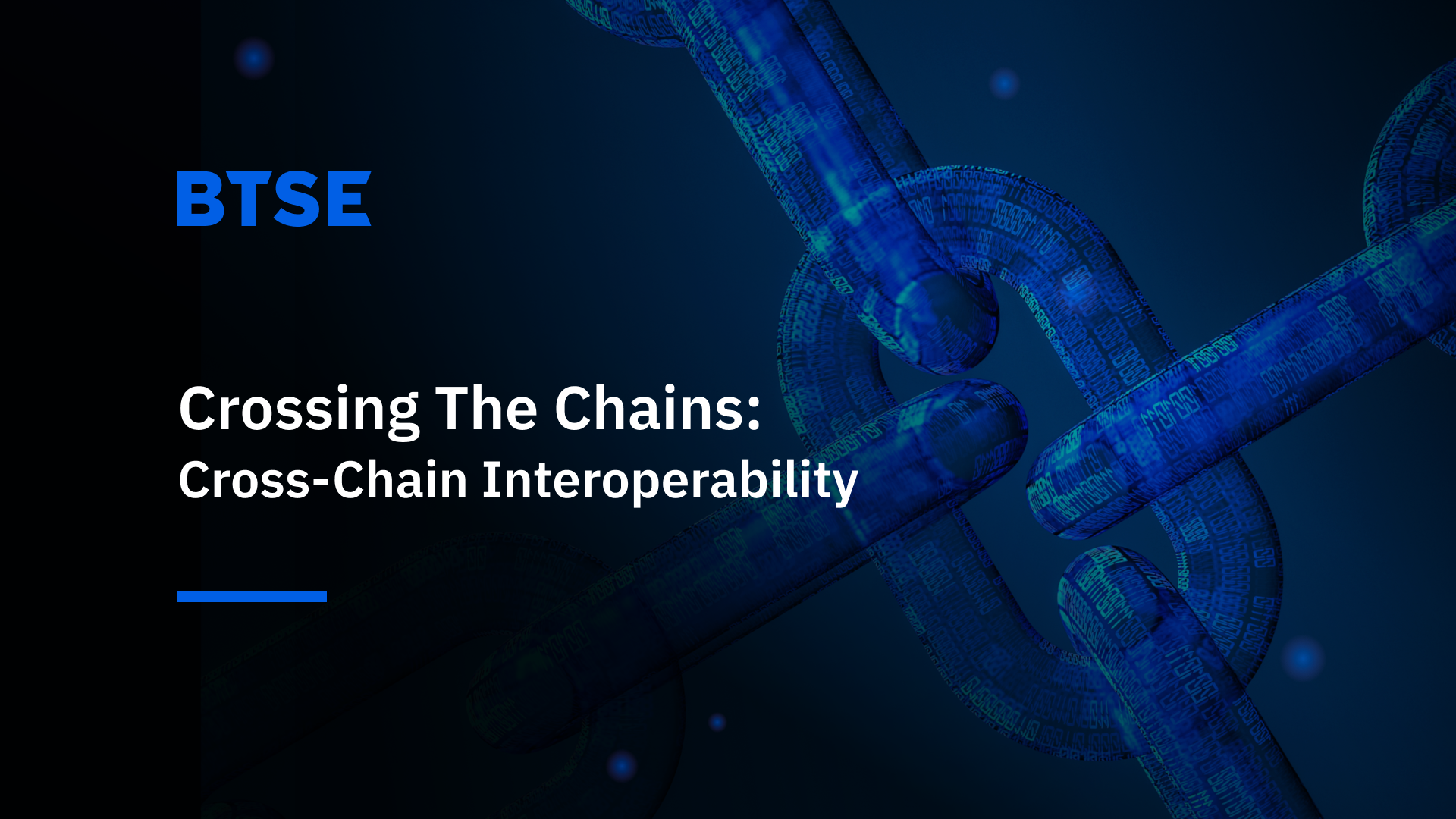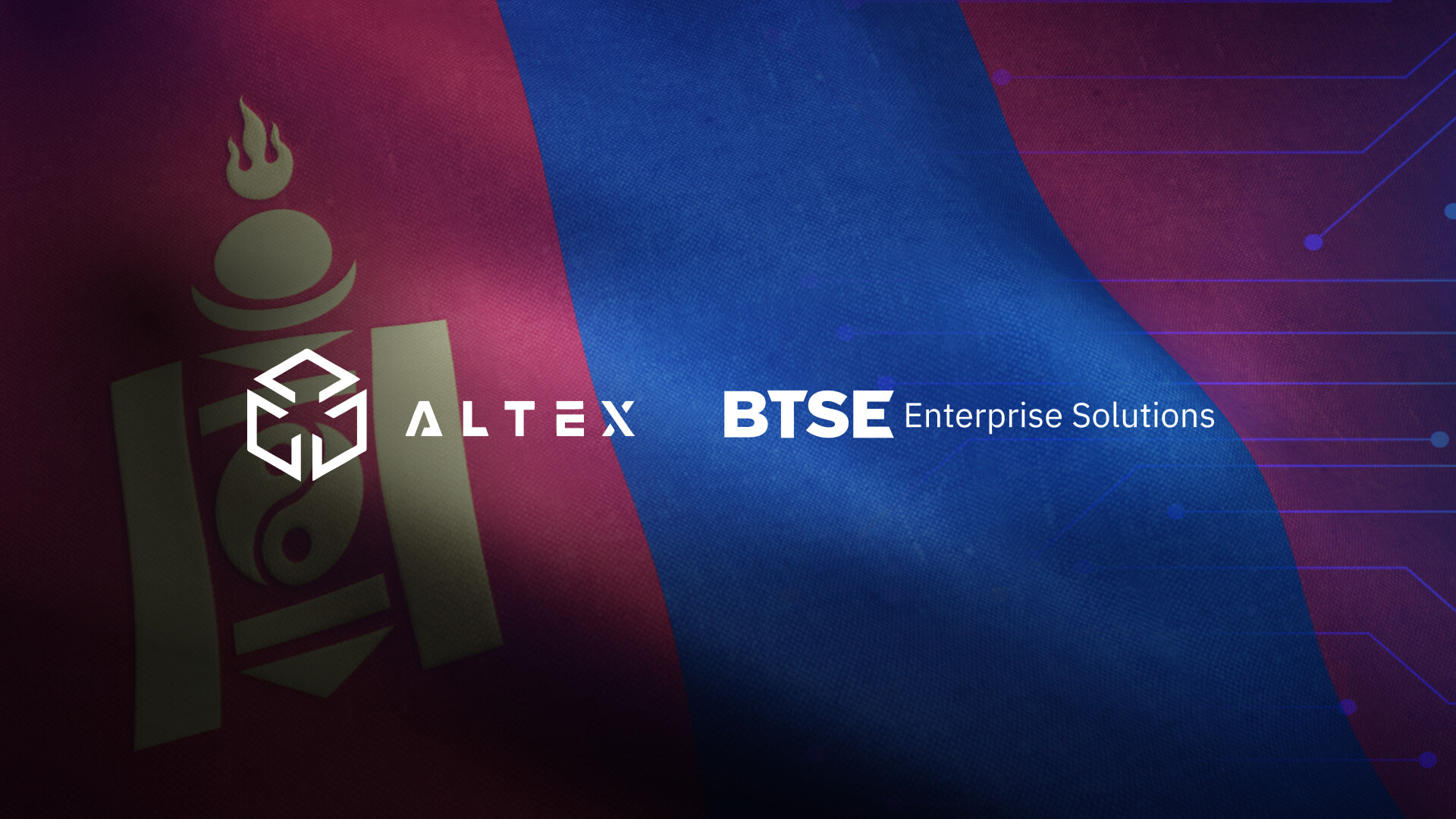25 5 月, 2023
Cross-Chain Interoperability Explained

| Aspect | Details |
|---|---|
| Introduction to Interoperability | Exploring the emergence of cross-chain interoperability in blockchain technology. |
| Blockchain Interoperability | Understanding the need for different blockchain networks to interact and share data. |
| The Importance of Interoperability | Discussing the crucial role of interoperability in blockchain adoption and functionality. |
| Cross-Chain Solutions | Examining various interoperability solutions like Chainlink’s CCIP, Wormhole, LayerZero, and IBC protocol. |
| Overcoming Interoperability Challenges | Addressing the technical complexities and security risks associated with interoperability. |
| Conclusion | Summarizing the significance of interoperability in enhancing blockchain ecosystem. |
Introduction to Cross-Chain Interoperability
In the ever-evolving landscape of blockchain technology, cross-chain interoperability has emerged as a critical tool in creating a cohesive blockchain ecosystem. Just as the name implies, cross-chain interoperability enables different blockchain networks to communicate, interact, and share data with each other. In effect, it allows for the seamless exchange of data and value between these different, often disparate, systems.
But why is interoperability so vital in blockchain?
Understanding Blockchain Interoperability
Consider this analogy: you’re an international traveler, with bank accounts in multiple countries. Wouldn’t it be cumbersome and inefficient to have to physically go to each country to manage your money? With the advent of global banking and online financial services, this is no longer a concern. You can access your accounts, make transactions, and manage your money, no matter where you are in the world.
Blockchain interoperability operates on a similar premise. Each blockchain network is like a bank in a different country. Without interoperability, they are isolated, unable to freely exchange data or transactions with each other. However, with cross-chain interoperability, different blockchain networks can freely communicate without having to “move” the actual tokens between chains.
For instance, activities, transactions, and services that take place on one blockchain can be represented on another with the right interoperability solution. This means that applications can work with any asset or service, regardless of which blockchain they exist on.
The Importance of Interoperability
Looking back at the dawn of the internet, we find isolated networks, known as “walled gardens,” where data couldn’t be shared across platforms. These early days mirror our current blockchain situation: multiple, fragmented ecosystems that operate in silos, unable to exchange information freely.
This lack of interoperability presents a significant hurdle to the broader adoption of blockchain technology, as it hinders the free flow of data and value across different networks. For developers, each deployment constitutes an isolated and independent instance, resulting in backend contracts that are unconnected and unaware of each other. This has a substantial impact on decentralized applications, or xDapps, often requiring them to be individually deployed on multiple networks like Ethereum, BNB Chain, and Polygon.
On the user’s end, these multiple deployments can lead to challenges. It doesn’t allow for seamless transfer of tokens from one blockchain to another. Typically, this involves a process where assets are “destroyed” on the source blockchain and “minted” again on the destination blockchain using a third-party bridge. This process can be both time-consuming and confusing, leading to fragmented data islands and a less-than-ideal user experience. The security risks associated with holding assets across multiple blockchains can also be significant, potentially opening the door for hacks and loss of funds.
The answer to these challenges? The development and implementation of cross-chain interoperability solutions. Let’s delve into some of these.
Cross-Chain Interoperability Solutions
Several blockchain developers have been hard at work creating solutions that allow for improved cross-chain connectivity, unlocking new possibilities for more user-friendly and interconnected blockchain applications. These solutions provide a means to connect and transfer data and value across various networks, making blockchain technology more accessible and effective.
One notable solution comes from Chainlink, a leading provider of decentralized oracle networks. Chainlink is developing the Cross-Chain Interoperability Protocol (CCIP), an open-source standard designed to enable cross-chain communication, including messaging and token transfers. The goal of CCIP is to enable a universal connection between hundreds of blockchain networks, using a standardized interface that reduces the complexity of building cross-chain applications and services.
Chainlink’s innovation is a perfect example of the strides made in the field of blockchain interoperability. However, they’re not alone in this pursuit. Several other solutions are shaping the future of blockchain communication, such as Wormhole protocol, LayerZero, Hyperlane, and the Inter-Blockchain Communication (IBC) protocol in the Cosmos Network.
At BTSE, we fully grasp the importance of these solutions. Through our products like BTSE Exchange, BTSE Payment Gateways, and BTSE Wallet, we are committed to leveraging blockchain’s power to create secure, transparent, and efficient systems for our users.
The Wormhole protocol is another prime example of a cross-chain interoperability solution. This protocol allows for the transfer of tokens and messages between different blockchain networks. Here’s how it works: messages on a source chain are observed by a network of guardians who verify and facilitate transfers to target chains. This unique setup allows developers to build cross-chain decentralized applications, or xDapps, further extending the realm of cross-chain connectivity.
Next, we have LayerZero, an omnichain interoperability protocol designed for lightweight message passing between blockchains. LayerZero ensures secure and reliable message delivery with configurable trustlessness. Its ultra-light nodes (ULN) are smart contracts that provide block headers of other bridged chains to improve efficiency. This design makes cross-chain communication lightweight and efficient, another step forward in the advancement of blockchain interoperability.
Hyperlane, on the other hand, is a delegated proof of stake (PoS) chain protocol that validates and secures cross-chain communication through configurable consensus methods. Hyperlane’s network requires each validator to be responsible for validating every chain that Hyperlane is connected to. This method ensures the security and accuracy of cross-chain communication.
Finally, there’s Inter-Blockchain Communication (IBC), a standard protocol for blockchain interaction in the Cosmos Network. IBC allows blockchains to communicate and exchange data, creating a network of interconnected blockchain networks. One application of IBC is in Osmosis, a decentralized exchange (DEX) that enables users to swap tokens between different blockchains. By leveraging IBC, Osmosis allows token holders to directly benefit from the interoperability that IBC offers.
While each of these solutions tackles cross-chain interoperability in its unique way, they all contribute to a more interconnected and robust blockchain ecosystem.
Overcoming Interoperability Challenges
The journey towards achieving full cross-chain interoperability isn’t without its challenges. Among them are technical complexities, issues with scalability, and potential security risks. However, the continued development of cross-chain solutions like Chainlink’s CCIP, Wormhole protocol, LayerZero, and the IBC protocol demonstrates the relentless drive of the blockchain community to overcome these hurdles.
At BTSE, we recognize these challenges and are dedicated to supporting the advancement of cross-chain interoperability through our products and solutions.
In conclusion, the power of cross-chain interoperability lies in its ability to enhance connectivity, facilitate the flow of data and value, and ultimately contribute to the development of a more cohesive and effective blockchain ecosystem. By bridging the gap between disparate blockchain networks, cross-chain interoperability brings us closer to a future where blockchain technology becomes an integral part of our everyday digital lives.
With the continuous evolution and development in this field, there is no doubt that cross-chain interoperability will continue to shape and redefine the blockchain landscape in the years to come. So whether you’re a developer, a blockchain enthusiast, or a casual user, the growth and development of cross-chain interoperability should be an exciting prospect to watch.




